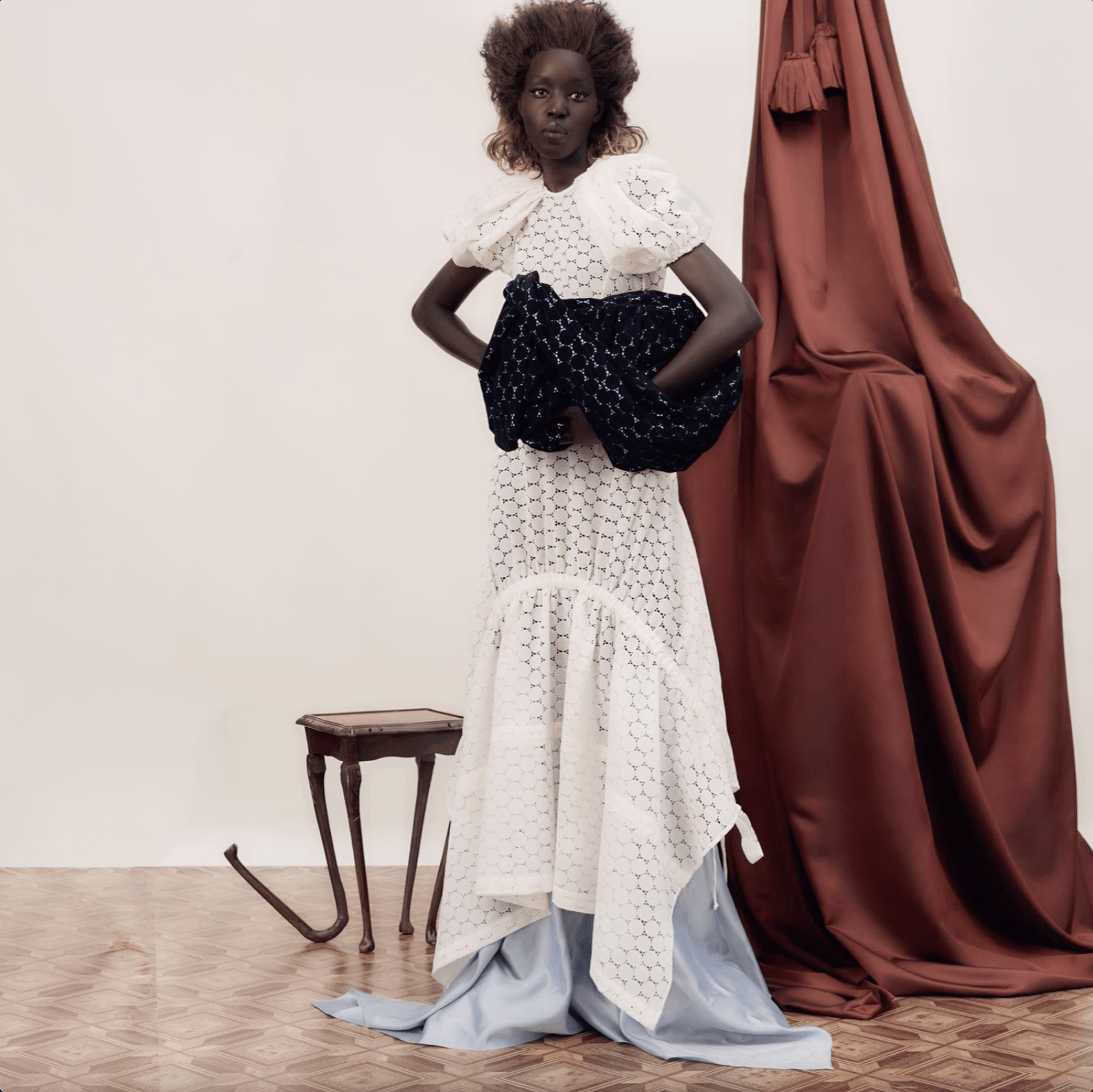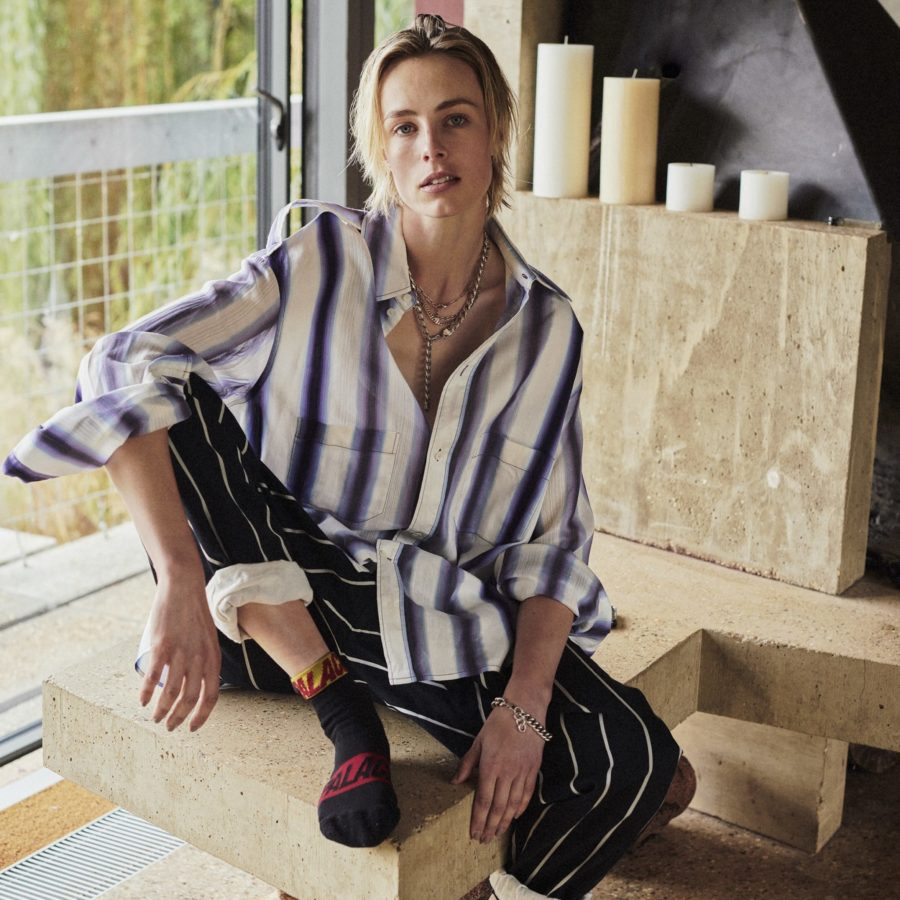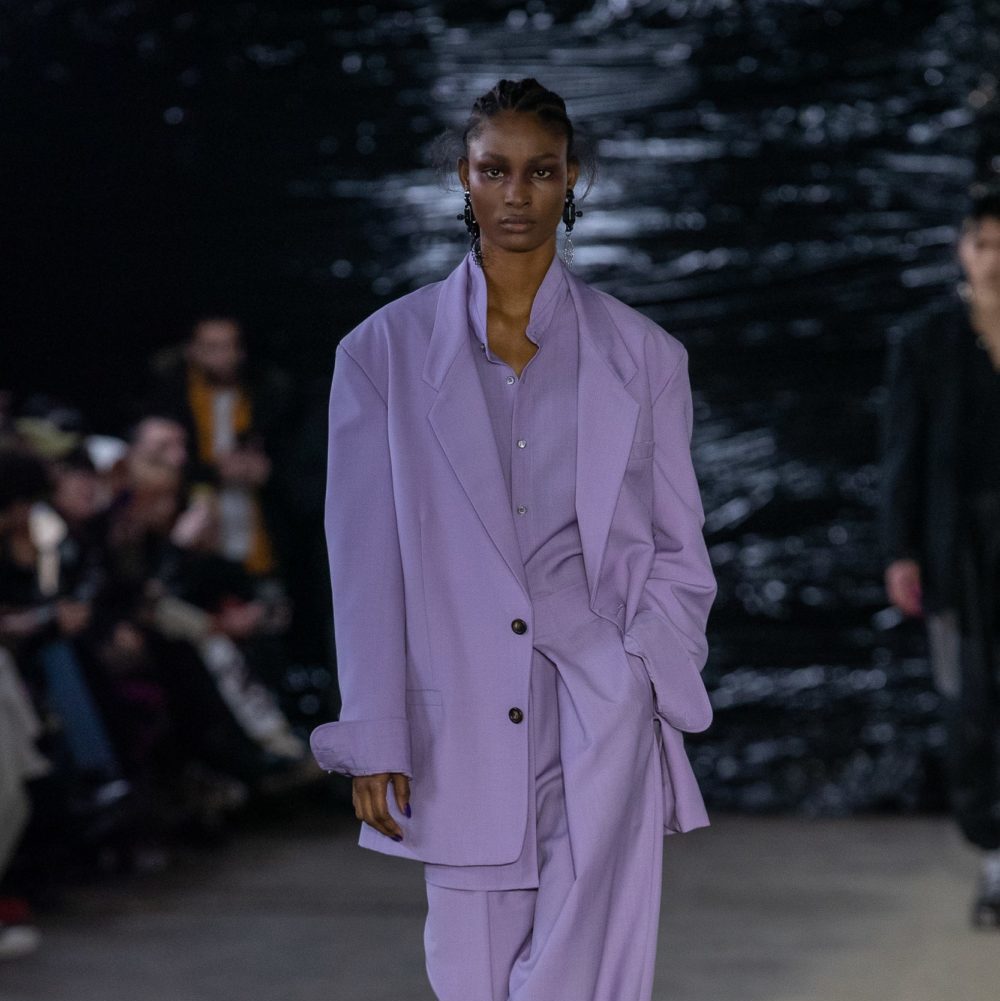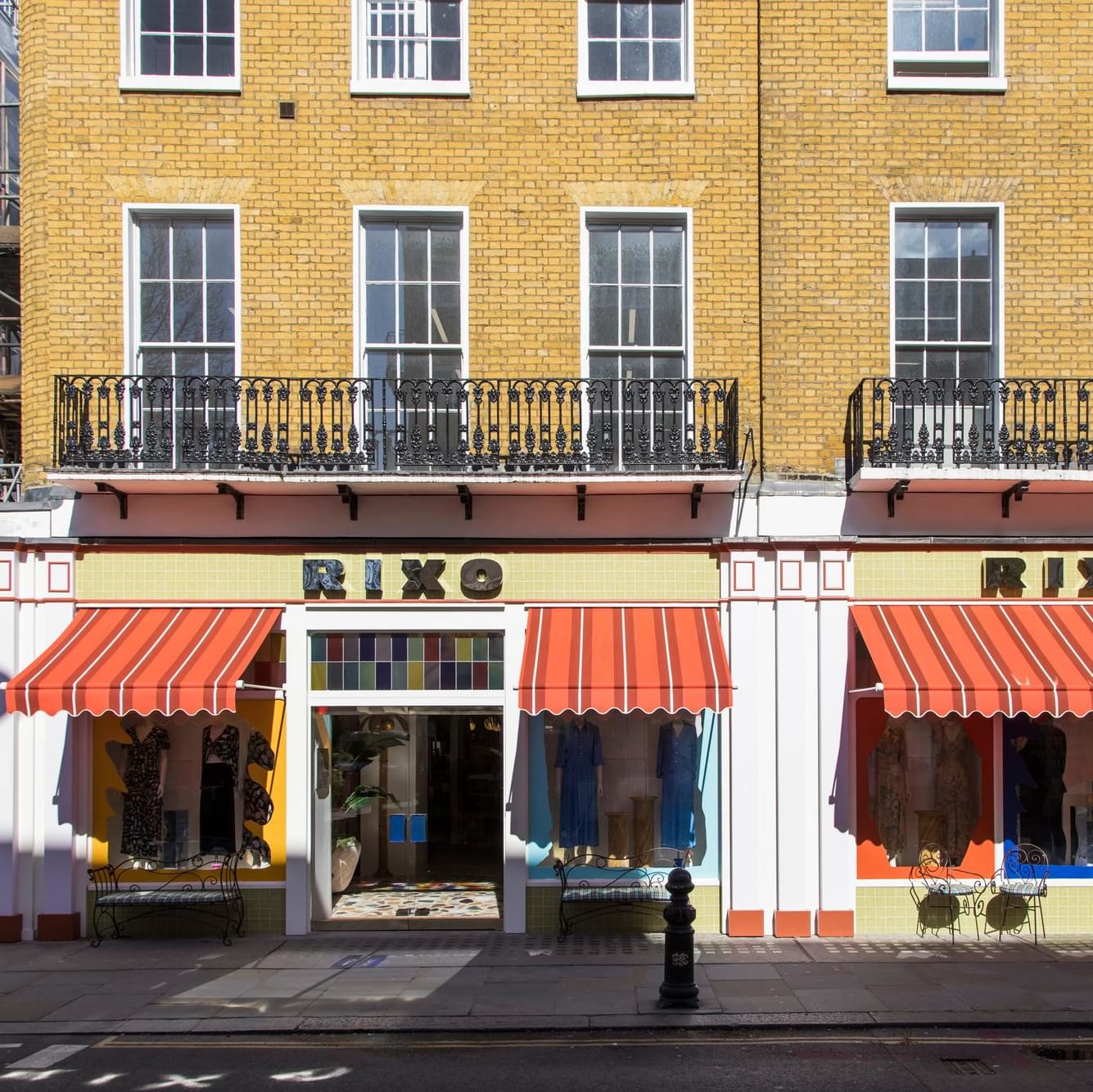November | The Essay
Finding my fashion happy place
As a fashion journalist wired to report on what’s new and what’s next, Lauren Cochrane was hooked on the dopamine hit of consumption. But writing a book about wardrobe classics has changed her – for good
Lauren CochraneFashion is, at its core, about the new. Its entire MO is getting you, as a consumer, to buy stuff as often as possible. That’s why we have seasons, where a fresh new batch of clothes are unveiled first at fashion weeks, and then bright and shiny IRL in stores and on apps. Outside of high fashion, drops of the new come more often than that. Supreme drops new pieces every Thursday, while high street stores like Zara restock every other week.
Until the pandemic hit, I was, as a fashion journalist, a paid-up member of this system. In a lot of ways I still am – I write about trends, I go to fashion weeks – but I definitely buy less. Before 2020, I might invest in several pieces of designer-level new each season, topping that up with high-street flotsam and jetsam without a second thought, often when I had nothing better to do, like when I was early for a meeting, or bored, scrolling on a weekday afternoon. As the calls about the damage that disposable fashion does to the environment became louder over the past couple of years, I felt guilty but I didn’t stop. The buzz of buying a little something new felt like one I deserved, even if it was fleeting.
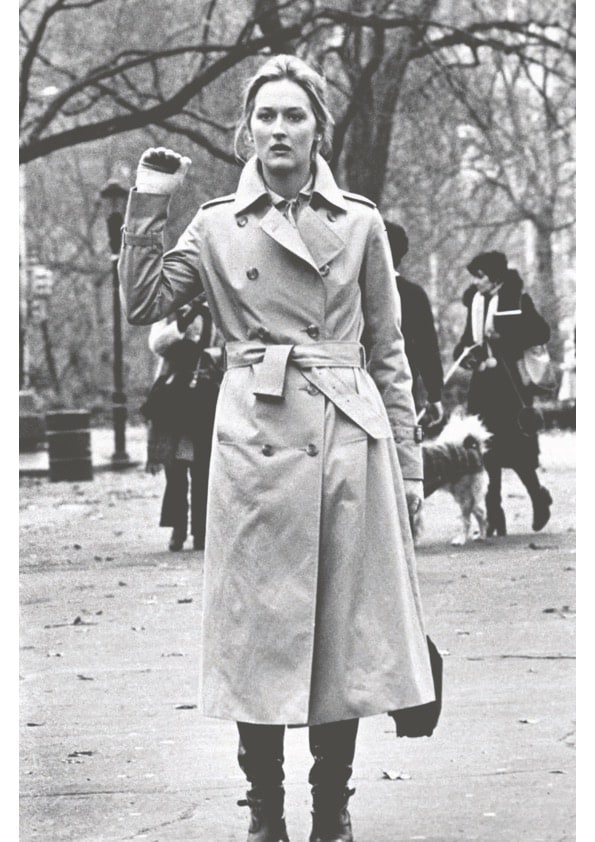
That changed in spring 2020. After the usual busy start to the year, with several fashion weeks, I was – like everyone else – at home, with only a walk a day as an outing. I was still writing about fashion but the idea of wardrobe replenishment for myself felt faintly ridiculous. Why would I want a new blouse, I reasoned, when it would only be seen by my boyfriend and the cat? Sure, there were Zoom calls, but I couldn’t get the hang of dressing up to look at people in squares on my laptop. I always felt a bit daft sitting there in an ironed shirt and lipstick once the call ended, a clothes horse of washing just out of shot, silently judging.
This feeling was compounded by the fact that I was writing a book that encourages a less-is-more approach to fashion. The Ten: the Stories Behind the Fashion Classics focuses on the items so often seen as essential to the capsule wardrobe – the white T-shirt, the mini skirt, jeans, the ballet flat, the hoodie, the Breton, the stiletto, the biker jacket, the LBD and the trench coat. The more I wrote about the everyday items included, and how they have histories dating back centuries, the more my own wardrobe began to change, to distill. I wore a particular pair of Levi’s day after day, a reliable hoodie on days when the chill of sitting at the same desk for hours on end got too much, and – as a concession for those Zoom calls – a Breton top that had enough of a ‘thing’ to play well when I was beamed into the little squares on other people’s laptops, but didn’t feel too ‘extra’ for a life that mostly took place in the living room (I was in good company here: Anna Wintour also chose a Breton for video calls).
"I would say this is a good rule of thumb for shopping now - only buy things that really speak to you, that cut through the noise."
Lauren Cochrane
It felt good to streamline my wardrobe as I had streamlined my life, and items I had taken for granted suddenly came loaded with new significances. I discovered that jeans not unlike mine were worn by prospectors in the West, and went on to become an item of controversy banned in US schools in the fifties and the symbol of contraband glamour in the GDR in the sixties. With the hoodie, I learned about how clothes have different meanings when there are different bodies inside them. I, as a middle-class white woman, could move without issue in mine. Now, I know more about how young men of colour don’t have the same privileges, even since Trayvon Martin’s death – as a ‘suspicious’ young man in a hoodie – in 2012. And I went on a journey with the shapeshifting Breton top, from the high seas to the wardrobe of Coco Chanel, from Andy Warhol’s Factory to the Duchess of Cambridge at a regatta. An item equally at home in bohemian and establishment circles, it taught me how context is everything in fashion.
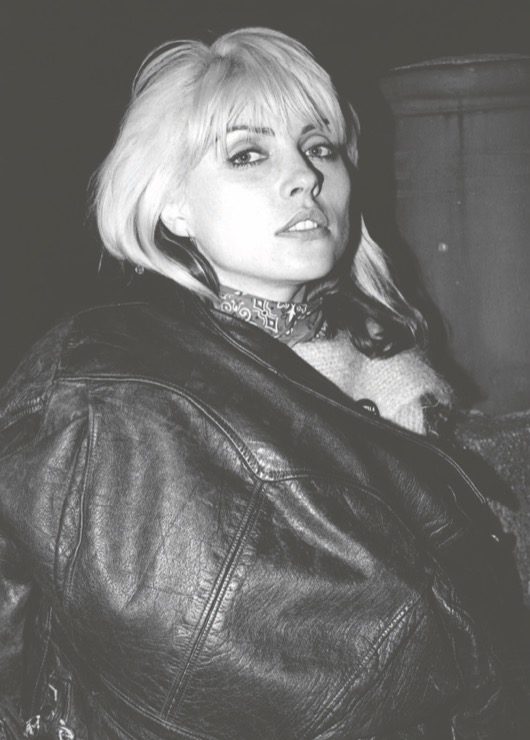
More than 18 months on from the first lockdown, I still wear this uniform most days when working from home. A variation on it will probably come into consideration on the occasional day in the office. And if I once would be thinking about getting something new for a big meeting, or dinner with friends, I am more inclined to look at what I already own, to repair a favoured pair of jeans rather than use a rip as an excuse to buy something new. As you can probably imagine, I have a stack of clothes, and could probably survive without buying anything ever again. Shopping your own wardrobe can be surprisingly satisfying.
I know I will buy things again. But less, and with thought. I only bought two ‘big ticket’ items during the pandemic. A Wales Bonner x Adidas shirt that I felt giddy about from the moment I saw it. And a frankly irresistible Supreme T-shirt with a picture of eighties performance artist Leigh Bowery and a cat. I would say this is a good rule of thumb for shopping now – only buy things that really speak to you, that cut through the noise.
The Supreme T-shirt just came with me to Paris Fashion Week – my first sojourn to the shows in 18 months. We went to the Chanel show, and Miu Miu. No one remarked on my T-shirt but it didn’t matter. It felt good to show the world my (niche) love of London club culture. Because, as well as stuff, fashion is about self-expression, and community. That power remains whether you shopped your own wardrobe or the rails of Selfridges. Me and Bowery will be back. And it will be the ultimate buzz when I meet someone’s eyes over a mask, on the tube say, and for them to mumble “like your T-shirt.”
The Ten By Lauren Cochrane is out now
